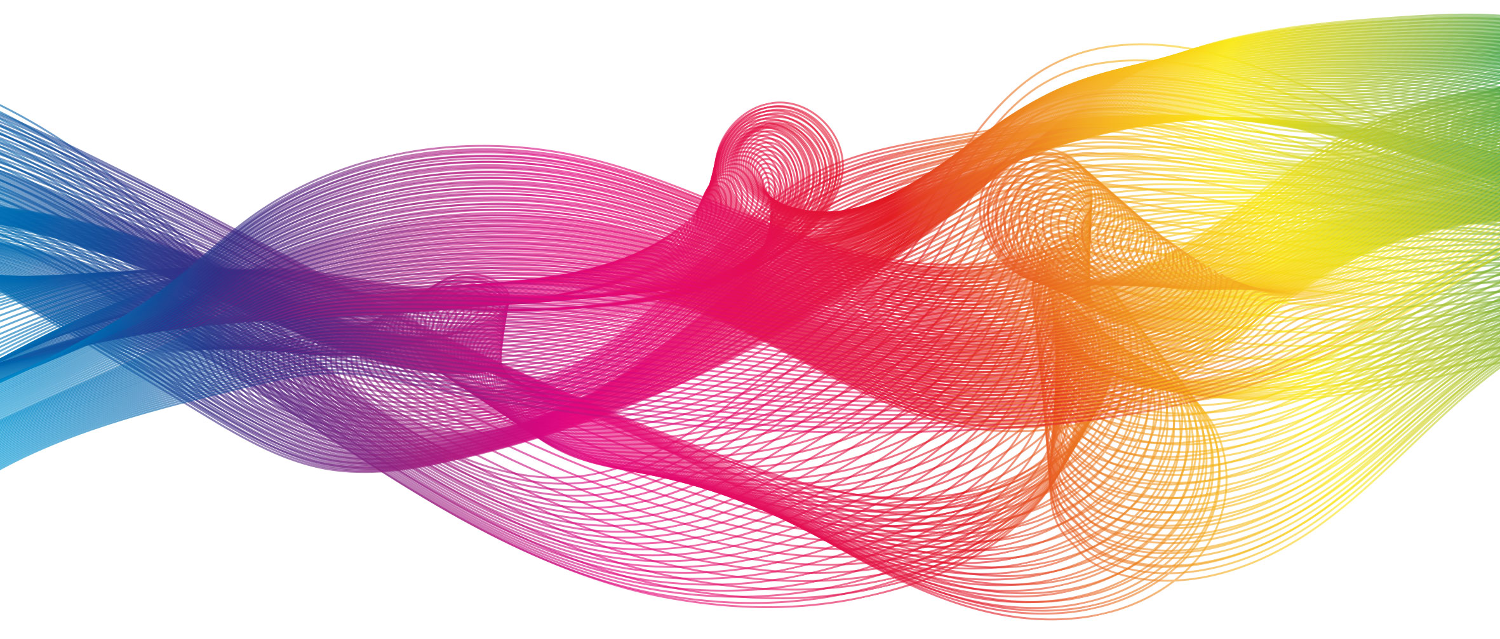A research article on the automation of communication as a subject of communication and media research has been published in the journal Publizistik. The authors are Andreas Hepp, Wiebke Loosen, Stephan Dreyer, Juliane Jarke, Sigrid Kannengießer, Christian Katzenbach, Rainer Malaka, Michaela Pfadenhauer, Cornelius Puschmann and Wolfgang Schulz. The article is freely accessible.
The objective of this article is to define more precisely the field of research into the automation of communication, which is currently only vaguely discernible. The central thesis is that, in order to be able to grasp the transformation of the media environment associated with the automation of communication, the view must be broadened from the “direct interaction of humans and machines” to “societal communication”. Broadening our perspective as such allows us to ask how the dynamics of societal communication as a whole change when “communicative AI” becomes part of societal communication. To support this thesis, the article first takes a closer look at the automation of communication as a phenomenon. Against this background, the concept of communicative AI is then developed in more detail as a “sensitizing concept” that sensitizes to both the breadth and depth of the phenomenon. On this basis, the bridging concept of the “hybrid figuration” is developed in order to grasp the agency of communicative AI and to be able to connect to “definitive concepts” of social science and media and communication research. It becomes apparent that with communicative AI as a field of research, the basic concepts of communication and media research—“communication” and “media”—are themselves challenged. The article is concluded by a conclusion that shows the research perspectives resulting from such an approach.
Full text (in German language)
